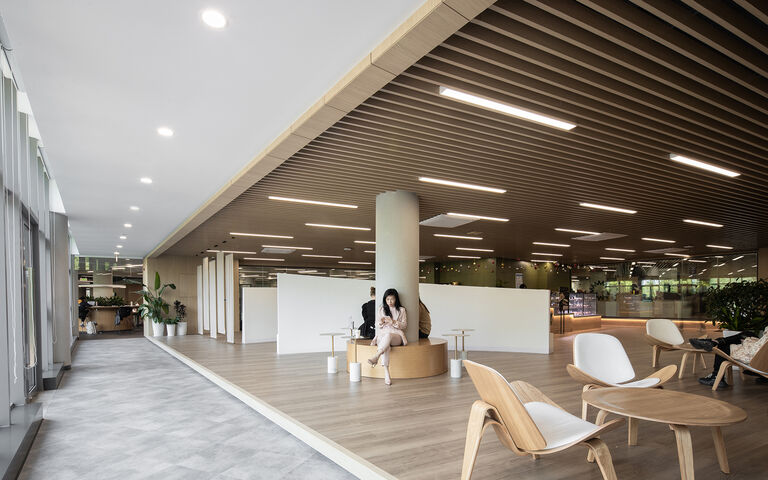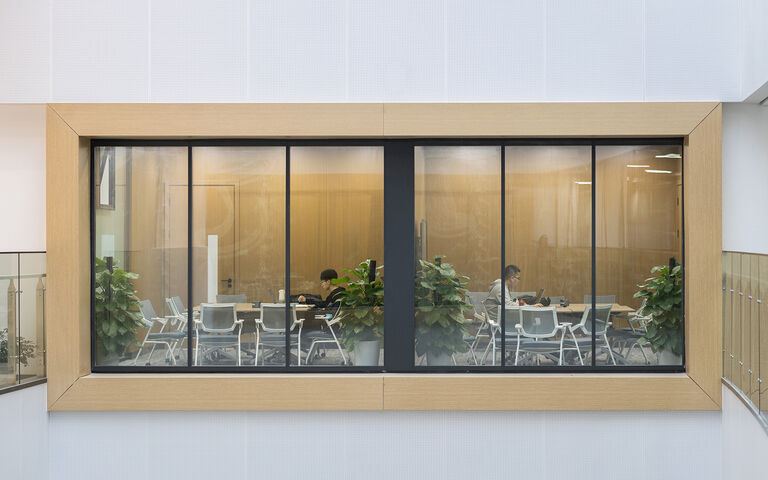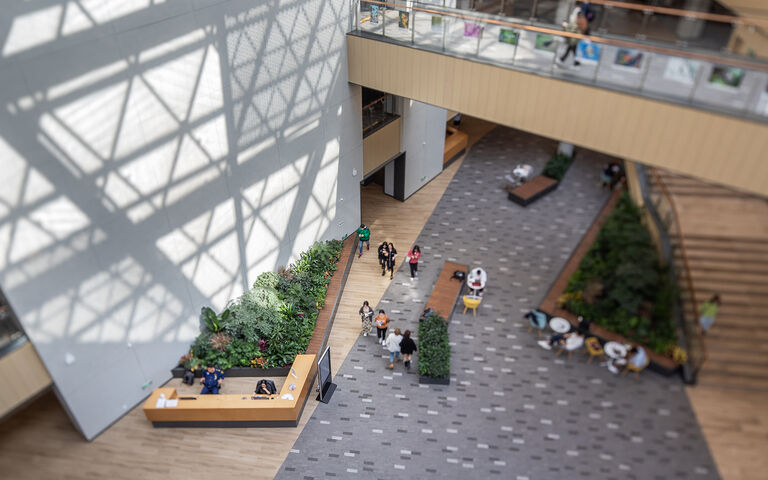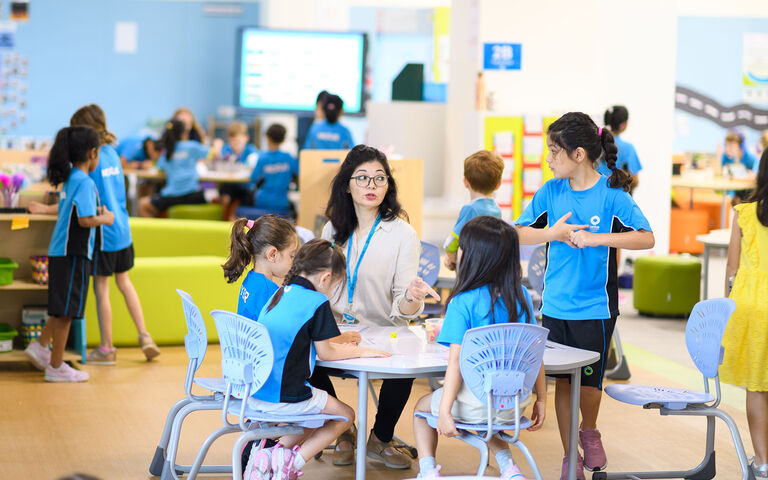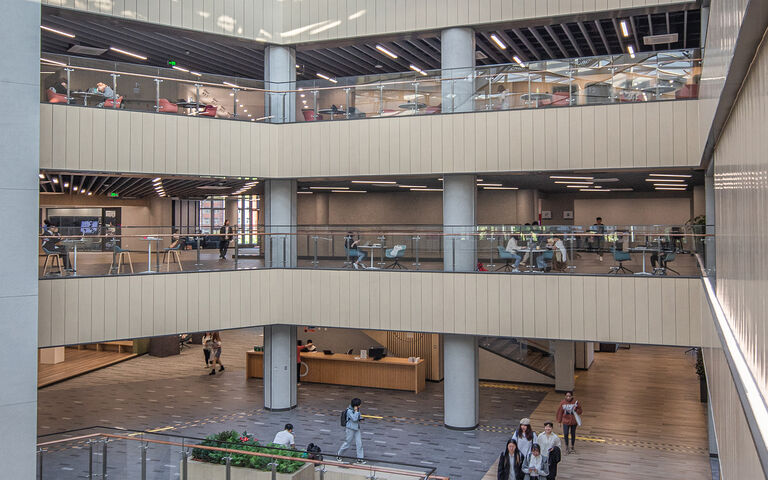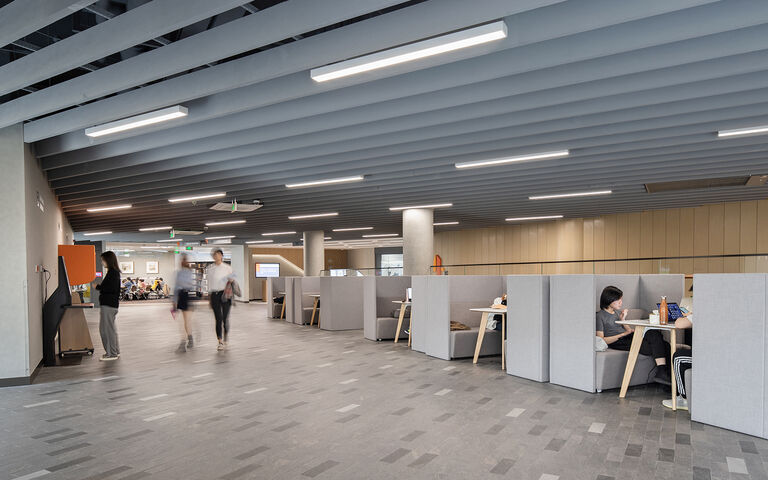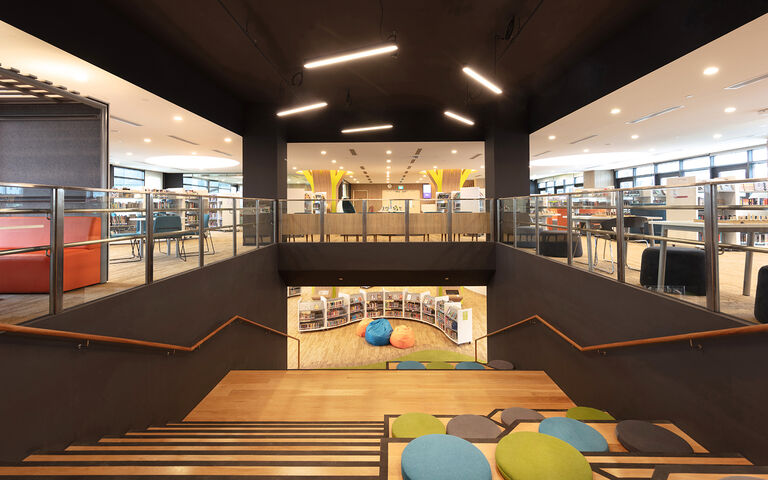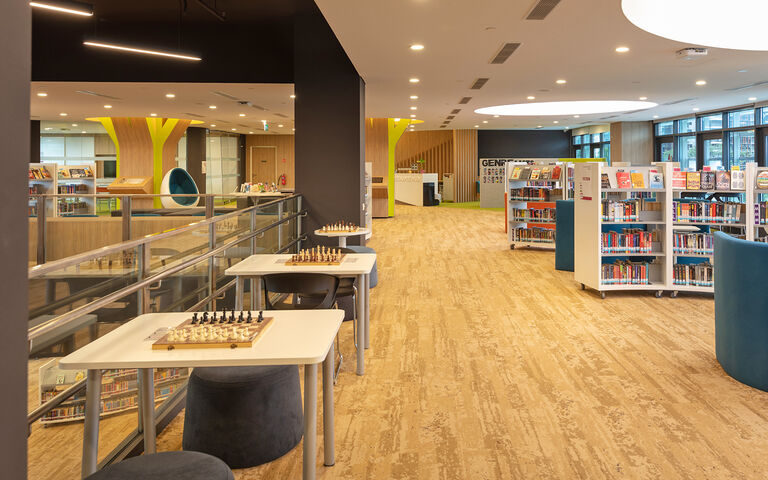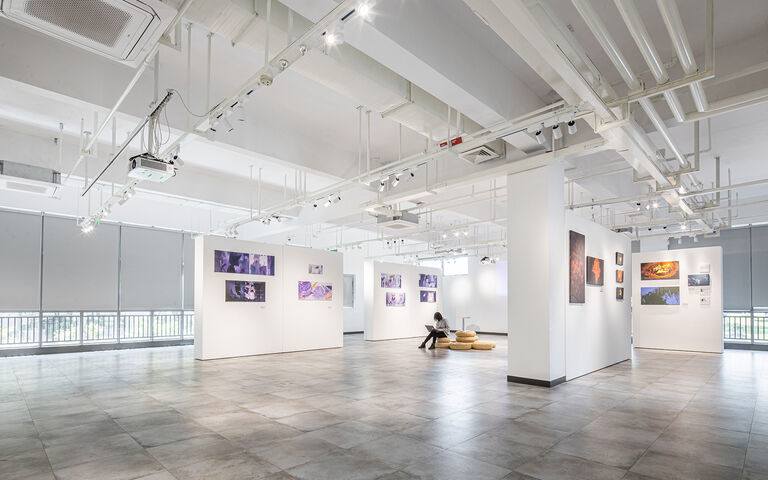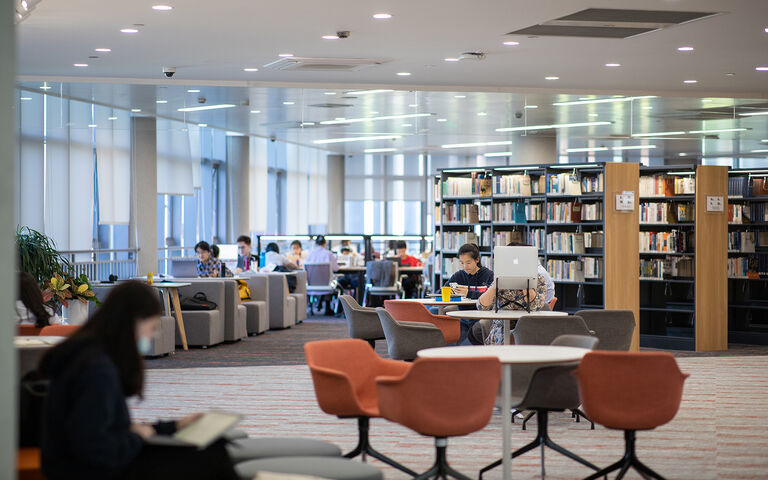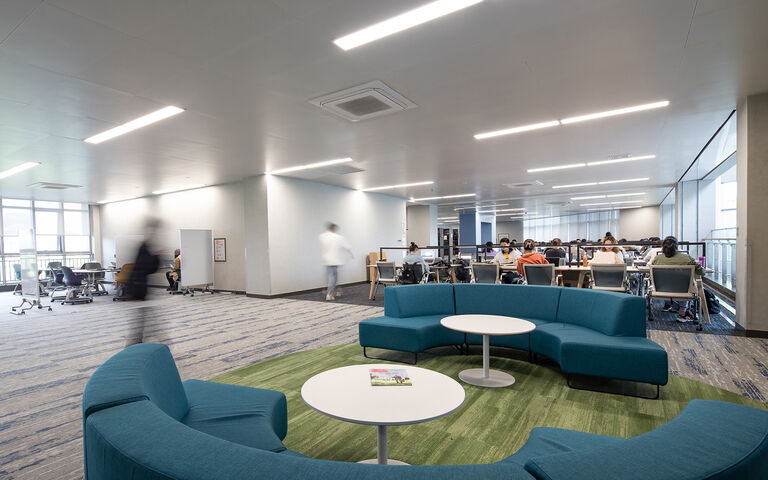In this rapidly shifting landscape, the most resilient learners will not be those who simply accumulate knowledge, but those who can collaborate, adapt and innovate across disciplines and contexts.
In this reality, the role of the physical campus becomes even more vital. It provides not just a setting for instruction but a framework for experience, identity and interaction. Nowhere is this more evident than in the spaces where teaching and learning unfold.
To meet the evolving needs of students and educators, learning environments must move beyond traditional definitions. They must support flexibility, diversity of thought, interdisciplinary exploration and, perhaps most crucially, human connection.

